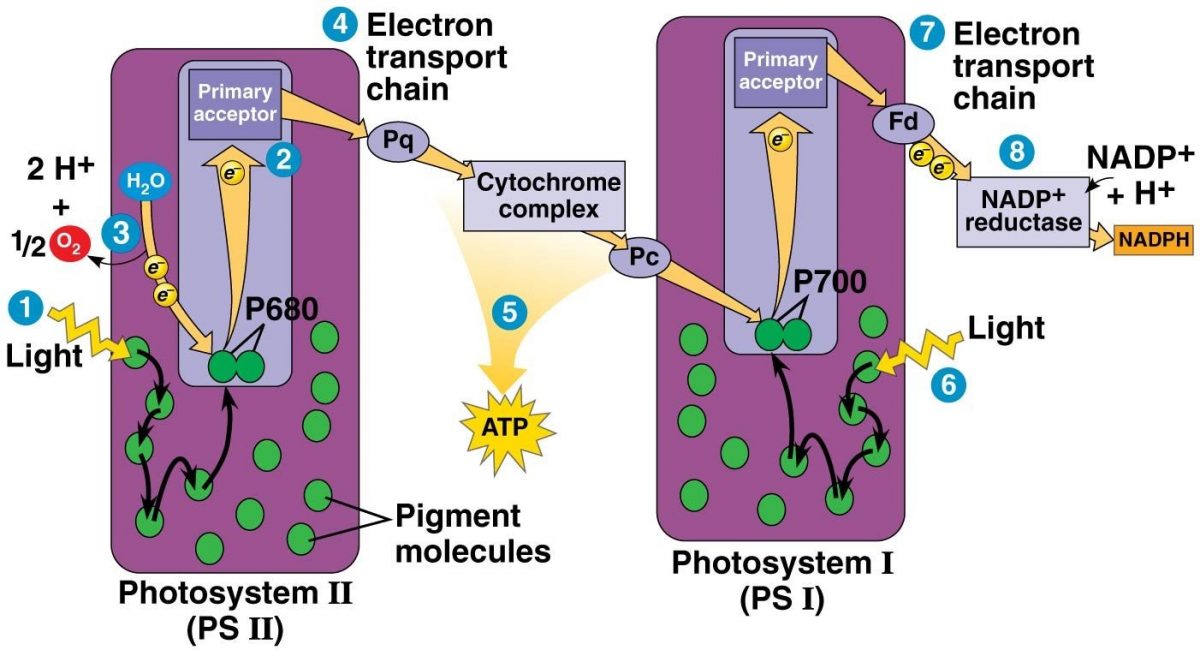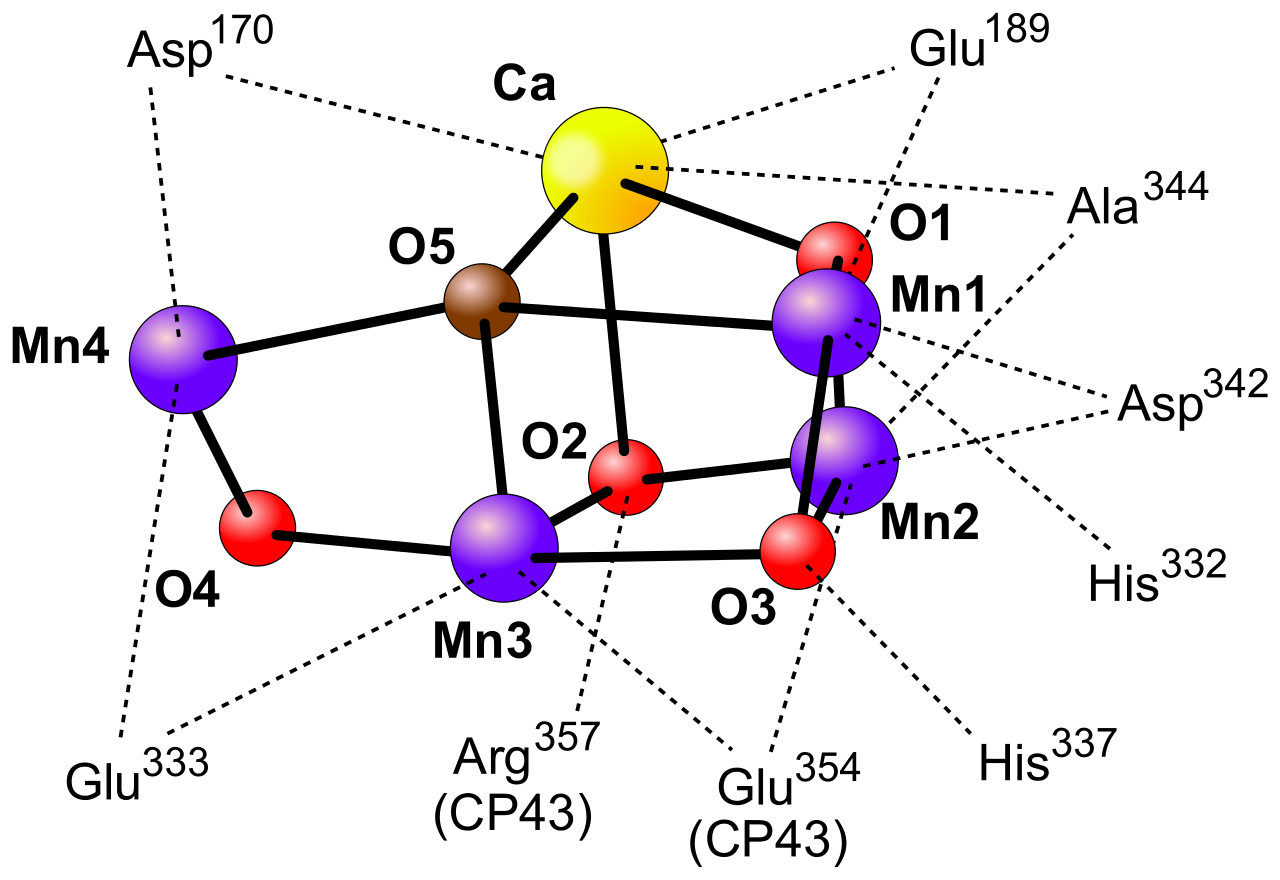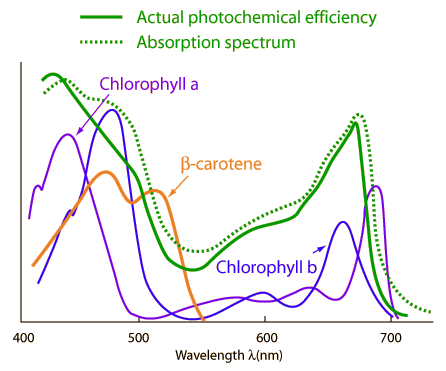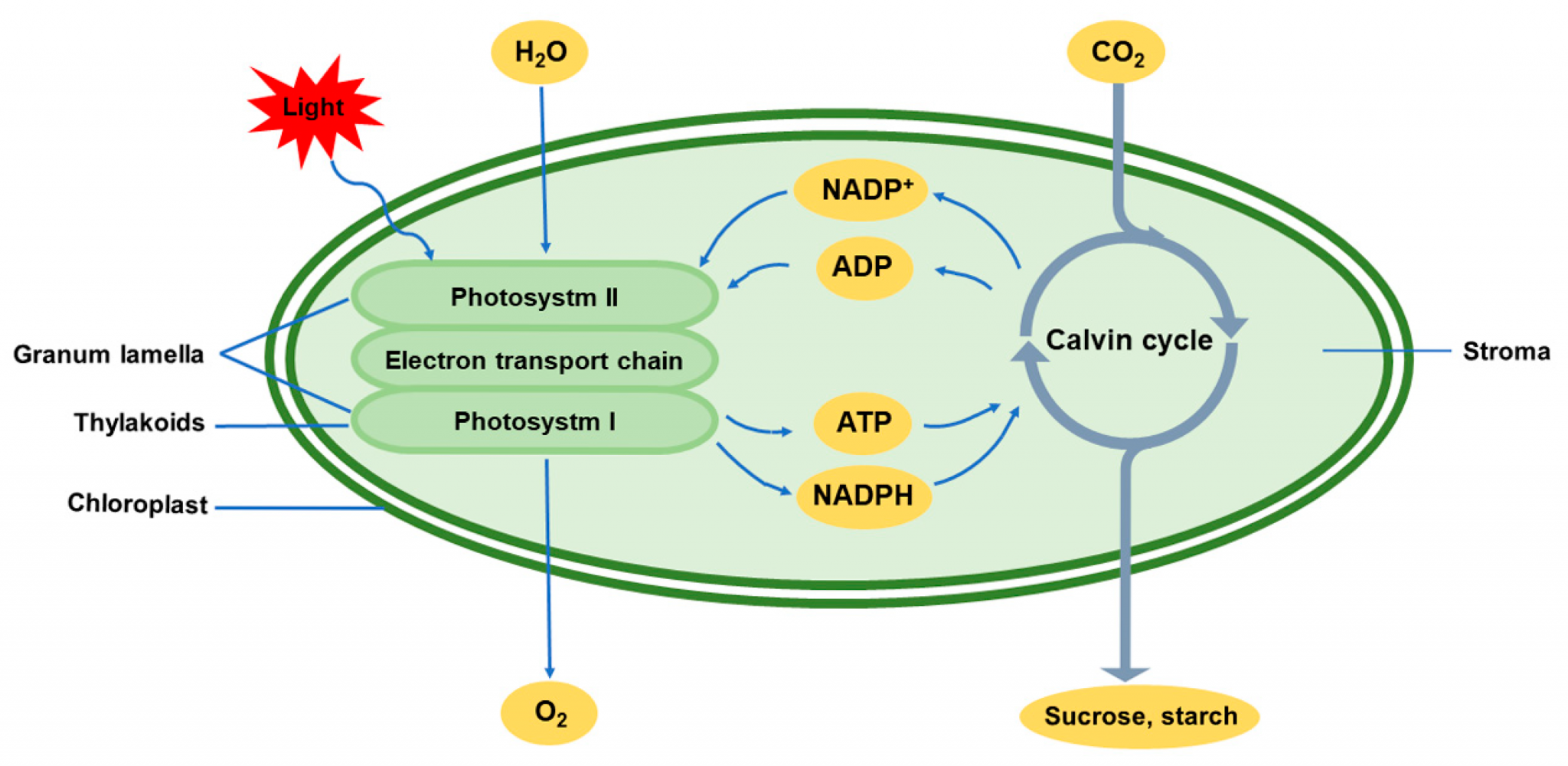1. Introduction
Photosynthesis research has a long history, starting in the 17th century. It involves converting light energy and redox reactions. Recently, this research has gained importance for renewable energy and biomass production. Understanding photosynthesis also helps address global environmental issues by clarifying the carbon cycle. This paper discusses recent advancements and future directions in photosynthesis research.
2. Photosynthesis research so far
By the late 18th century, the basics of photosynthesis were known. The 1950s identified the carbon assimilation pathway. The 1960s revealed key components in light energy conversion. In the 1970s, biochemical methods helped understand photosynthetic protein complexes. Advances in molecular biology in the 1980s provided a unified understanding of photosynthesis across species. The crystallization and X-ray analysis of photosynthetic reaction centers in the 1980s was a significant breakthrough. Recently, the structure of the manganese cluster in photosystem II was resolved at 1.9 Å.
3. Structure and function of photosynthetic reaction center
(1) Two photosystems

Photosynthesis in plants, algae, and cyanobacteria involves two photosystems: photosystem I and photosystem II. These complexes are crucial for photoenergy conversion.
Photosystem I reduces ferredoxin and NADPH, important in biochemical reactions. Its structure was clarified in cyanobacteria in 1998 and in land plants in 2003.
Photosystem II is responsible for water splitting and oxygen release. This process involves a manganese cluster with four manganese atoms.
(2) Structure of oxygen evolution system
The crystal structure of the photosynthetic reaction center complex has been clarified in various species, but the manganese cluster's structure in photosystem II, which is crucial for water splitting, remained unresolved until recently. This year, the structure of the photosystem II reaction center complex was determined at a resolution of 1.9 Å. This included the manganese cluster and surrounding water molecules, using the cyanobacterium Thermosynechococcus vulcanus as a model.

According to the findings, the manganese cluster (Mn4CaO5) forms a "squashed chair" structure. It consists of four manganese atoms, one calcium atom, and five oxygen atoms. Three manganese and four oxygen atoms form a dice-shaped part, while the remaining atoms make up the backrest. The calcium atom coordinates two water molecules with the manganese atoms. This structure indicates that the oxygen atom at the base of the backrest is closer to the hydroxide ion state, suggesting it may derive from substrate water.
(3) Redox state of oxygen evolution system
Kok's "oxygen clock" model describes the process of accumulating the oxidizing power of four electrons in the manganese cluster. This model, which is widely accepted, involves five S states (S0 to S4). Each state transition involves the extraction of one electron from the manganese cluster by light. The S4 state releases oxygen and reverts to S0, coordinating two water molecules. During these transitions, protons are released, and in the dark, S2 and S3 states revert to S1.

4. Photosynthetic efficiency

(1) Light absorption efficiency
For artificial photosynthesis or biomass production, high photosynthesis efficiency is crucial. Plants absorb about 80% of light, varying by type and wavelength. Green light absorption, despite being lower, still exceeds 70% due to the high chlorophyll content and cellular arrangement in leaves. These factors act like optical fibers, guiding light inside the leaf and increasing the optical path length.
(2) Transfer efficiency of excitation energy
The light energy absorbed by photosynthetic dyes transfers to reaction center chlorophyll through excitation energy transfer. Antenna dye molecules, bound to the reaction center complex, pass this energy efficiently. Recent studies show that at room temperature, quantum states facilitate this energy transfer, enhancing efficiency.
(3) Quantum yield of photochemical reaction

The quantum yield of the initial charge separation in photosynthesis exceeds 98%. In photosystem II, electrons from water produce oxygen, with a typical quantum yield of 80%. Carotenoids, once thought to aid light capture, now seem to dissipate excess energy, particularly in blue light, reducing quantum yield.
(4) Energy yield of photosynthesis
The theoretical maximum yield for photosynthesis is about 30%, but actual measurements in controlled environments show up to 5%, with normal outdoor conditions yielding less than 0.1%. This discrepancy is due to "manufacturing costs," environmental changes, and the involvement of other organisms. Plants must balance growth and maintenance costs, reducing photosynthetic efficiency. Despite these challenges, plants' self-repair and self-proliferation abilities remain significant advantages.
5. Aiming to improve the efficiency of photosynthesis in plants
(1) Necessity of research on the utilization of plants
Developing alternatives to fossil fuels is crucial due to environmental issues, resource depletion, and nuclear energy concerns. Two main approaches are needed: energy development (e.g., solar cells) and creating raw materials for the organic industry. Research on using plant biomass is promising as it combines light energy conversion and carbon dioxide fixation. However, the main challenge is reducing costs to make it competitive with fossil resources. Improving photosynthesis efficiency is key to increasing plant and algae productivity. Yet, there are no examples of enhanced photosynthesis leading to higher productivity, likely because photosynthesis has evolved to be efficient in natural environments. Artificially increasing efficiency could introduce negative changes.
(2) When will production efficiency increase?
Enhancing traits like fruit size through breeding is possible because it's beneficial for humans but not necessarily for plants. However, traits directly linked to productivity, like photosynthesis efficiency, are harder to improve through breeding. The "Green Revolution" in the 1960s increased crop productivity by developing varieties with traits like short stature, which are advantageous in cultivated fields but not in nature.
(3) Is it possible to increase the efficiency of photosynthesis itself?
Breeding to increase the maximum efficiency of photosynthesis is challenging because it's already optimized through evolution. However, photosynthesis efficiency in the field is often suppressed due to environmental factors. Plants have developed mechanisms to respond to changing environments, often reducing photosynthesis efficiency. Improving efficiency might involve combining environmental control with breeding to create plants that thrive in controlled environments. There are instances where gene mutants with higher photosynthesis efficiency have been identified, suggesting a potential research direction.
6. Conclusion
With the structural elucidation of the photosynthetic reaction center, future research should focus on its dynamics. The maximum efficiency of photosynthesis seems optimized through evolution, leaving room for improvement mainly in dynamic control systems. The extensive history of photosynthesis research provides a foundation for future studies, potentially leading to new fields like quantum biology. Collaboration across biology, physics, and chemistry will be essential to advance photosynthesis research, bridging basic and applied sciences.
























